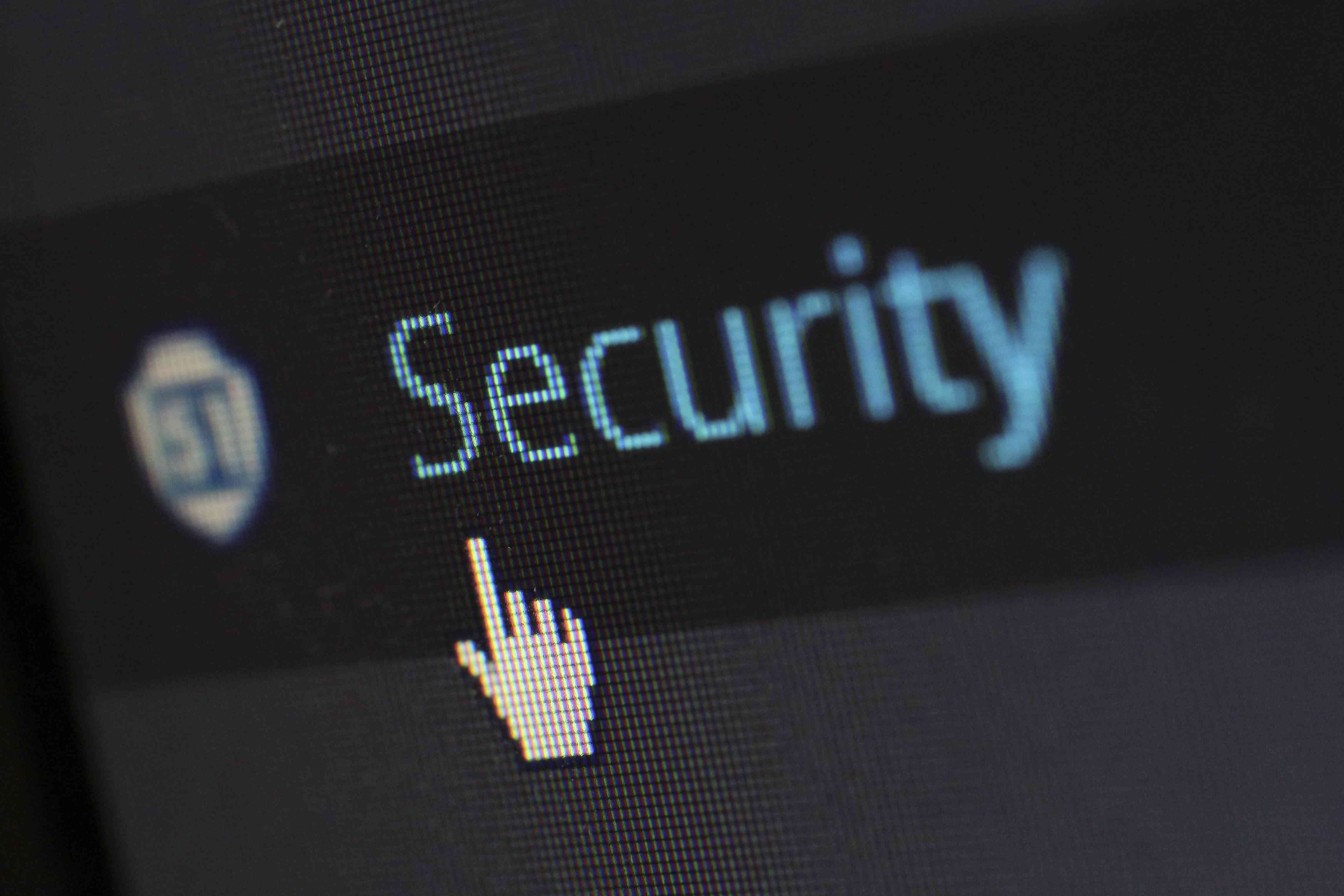
3 Ways to Secure Yourself and Stay Safe Online
In our digital age, where even our toaster might connect to the internet, online safety is paramount. From your photos to your bank account, everything's online, and that's why you need to secure yourself and stay safe online. Let's dive into three practical ways to do just that, backed by some interesting research and real-life examples.
Lockdown with Strong Passwords and 2FA
Remembering passwords can be a headache, but a weak password is like an open invitation to hackers for a virtual party. Research by the cybersecurity experts at Stanford University shows that complex passwords are your first line of defense. So, what makes a password strong? Think a mix of uppercase, lowercase, numbers, and special characters. Instead of "password123," go for something like "P@ssw0rd#123!"- not so easy to crack, right?
But here's the cool part - enable Two-Factor Authentication (2FA) whenever possible. It's like having a secret handshake. When you enable 2FA, even if someone guesses your password, they can't get in without that second piece of the puzzle, like a code sent to your phone. A study by Google found that enabling 2FA blocked 100% of automated bot attacks and 96% of bulk phishing attacks. That's like having a bouncer at the club who knows everyone on the list.
Keep Software and Programs Updated
You know those software updates that pop up on your screen, and you're tempted to hit "Remind me later"? Well, don't! Software updates may seem like a minor inconvenience, but they play a crucial role in online security. Research by the cybersecurity wizards at the University of Maryland reveals that outdated software is like an unlocked door for cybercriminals. They love finding vulnerabilities in old software to sneak into your digital life.
So, update your operating system, web browsers, and apps regularly. There's a previous article where I go in-depth on why and how to do it here https://impressionhub.ng/blog/three-reasons-to-update-your-devices-regularly. Most software comes with automatic updates - use them. And don't forget your antivirus and anti-malware programs. Keeping them up to date is like having a superhero suit for your computer. They'll block new threats before they even get close.
Beware of Phishing Attempts
Phishing is a common online threat where cybercriminals impersonate trusted entities to trick you into revealing sensitive information. Cybercriminals impersonate your bank, your boss, or even your grandma to trick you into giving up your secrets. But unlike real life bullets you can dodge these virtual bullets. To protect yourself:
1. Always check the sender: Be cautious when you receive unsolicited emails, especially those asking for personal information or containing suspicious links. if an email looks fishy, it probably smells fishy too. Research by the Anti-Phishing Working Group found that most phishing emails come from fake or compromised accounts. Verify the sender's identity and never click on links or download attachments from unknown sources.
2. Check URLs: Before entering any login credentials or personal information, check the URL of the website. Ensure it's the official website of the organization and not a cleverly disguised fake site.
3. Use an Email Filter: Consider using an email filtering service that can identify and quarantine phishing attempts before they reach your inbox.
Remember, staying safe online is like learning to ride a bike. By staying vigilant and practicing these three fundamental online safety measures, you can significantly reduce the risk of falling victim to cyberattacks. Keep learning about new threats and security tips, and you'll be the superhero of your own digital world. Stay safe out there!